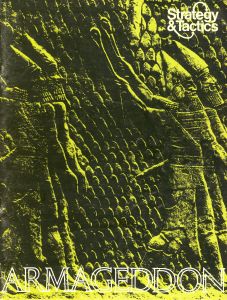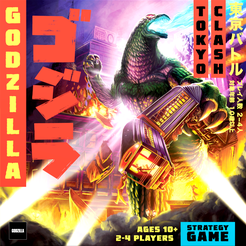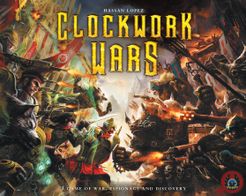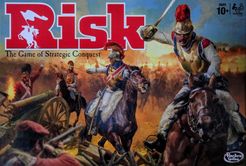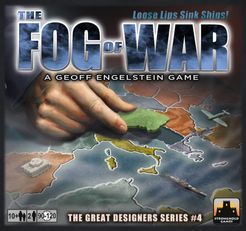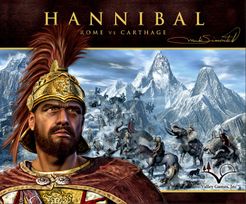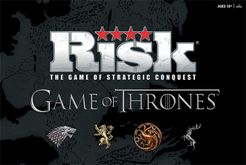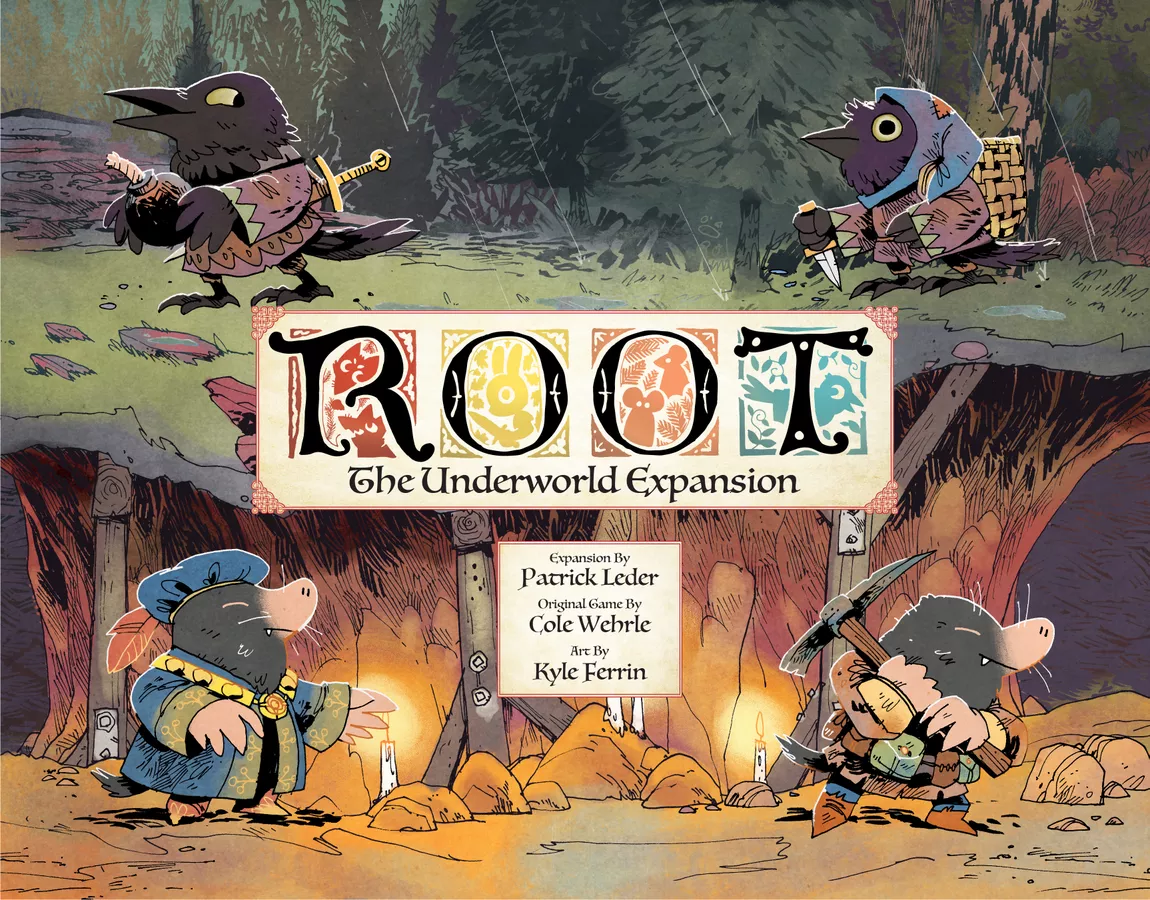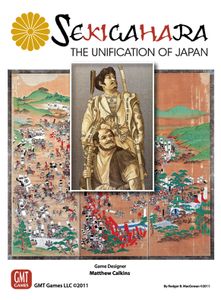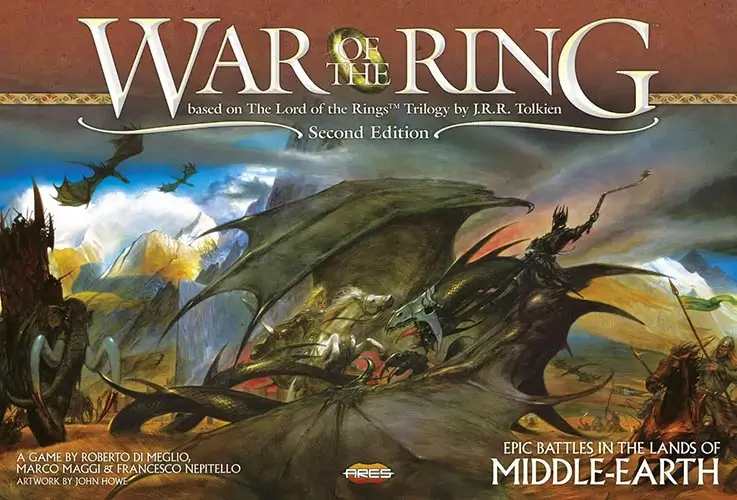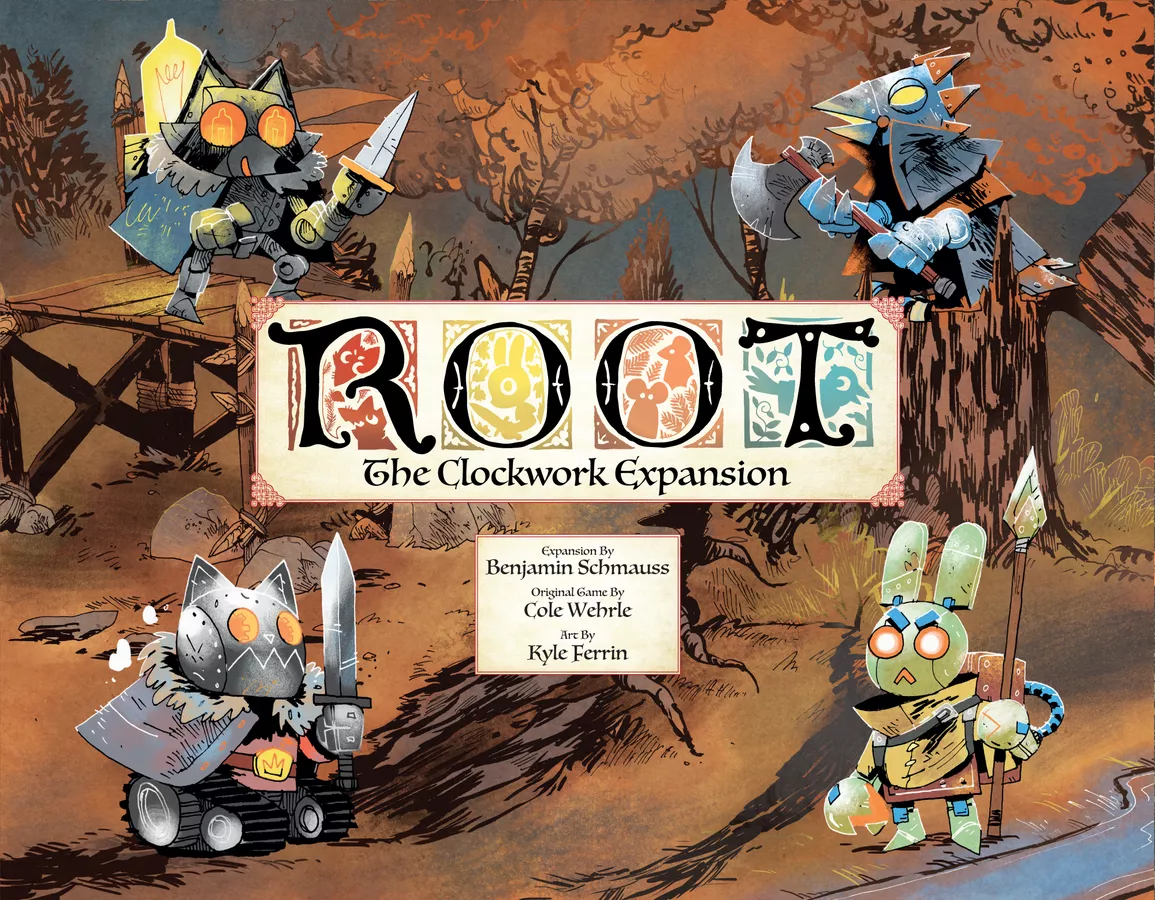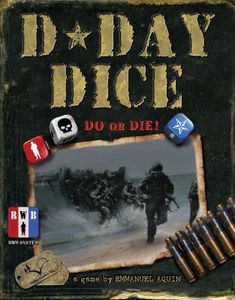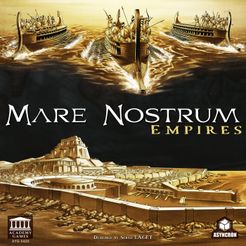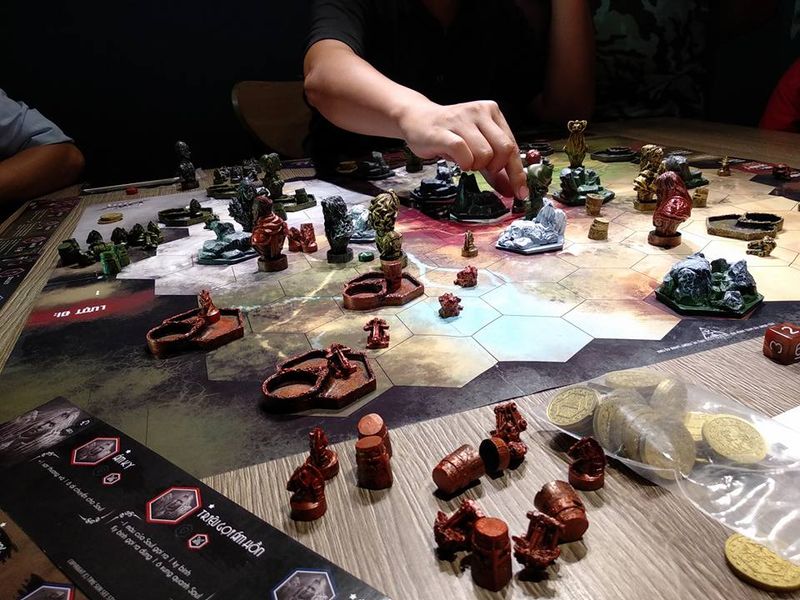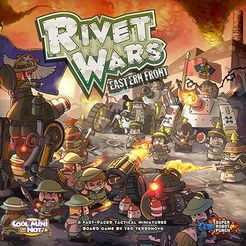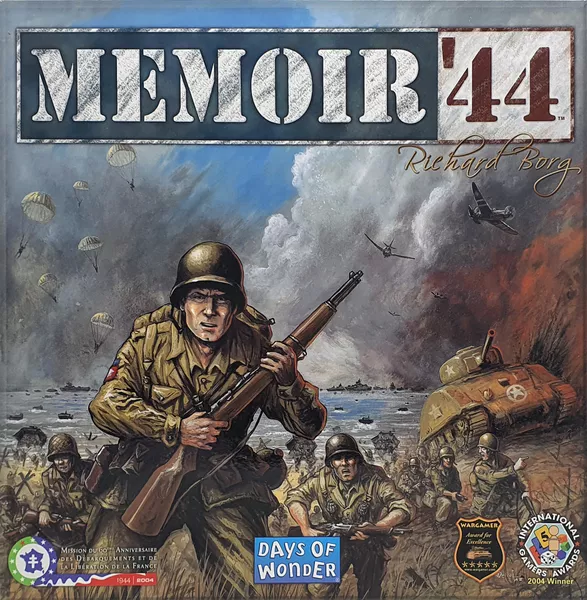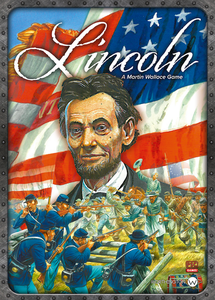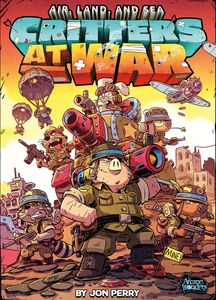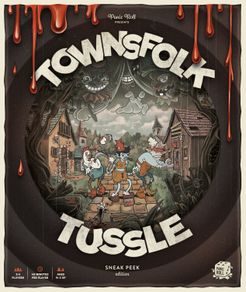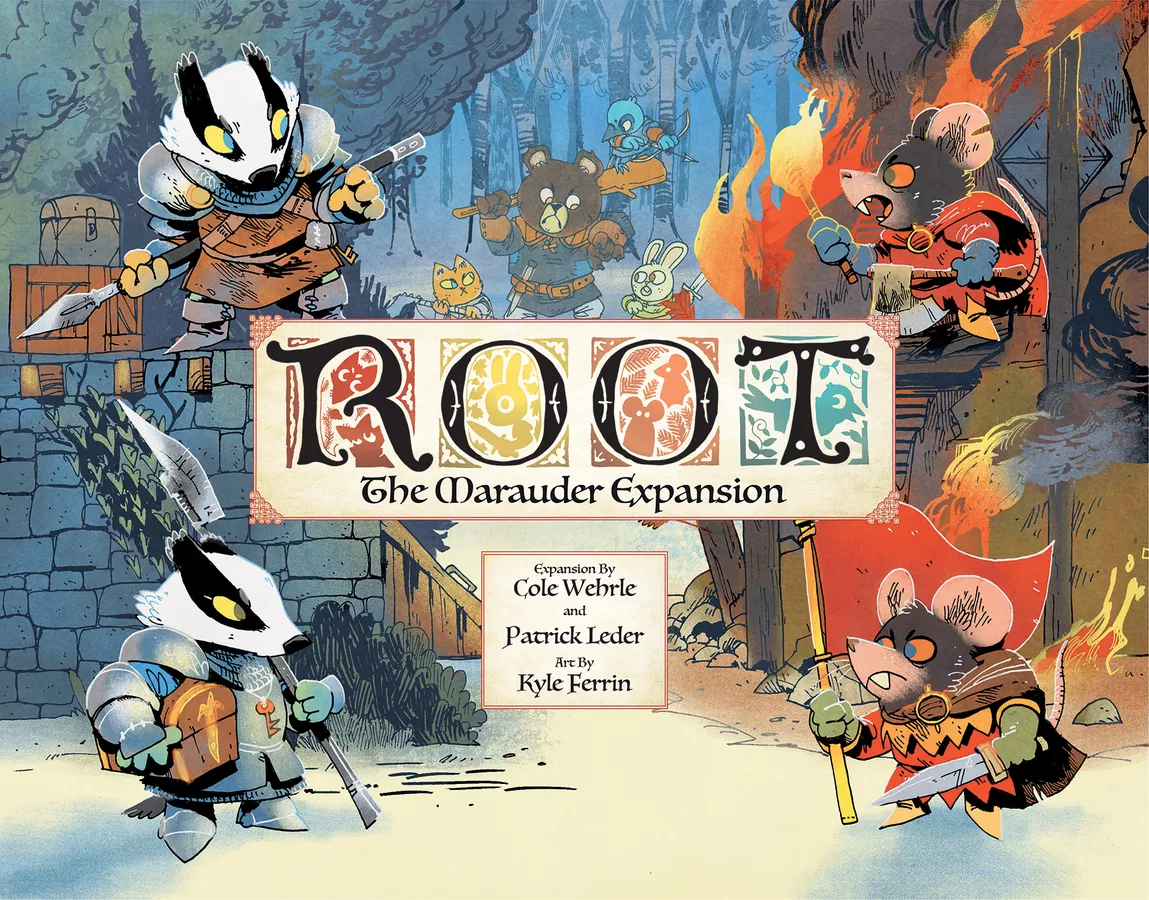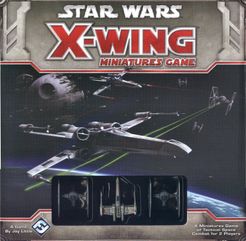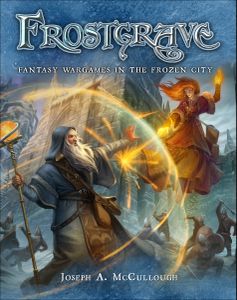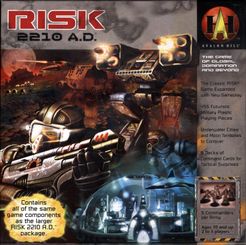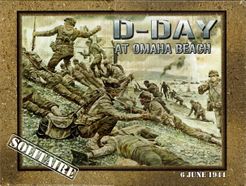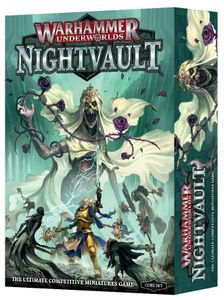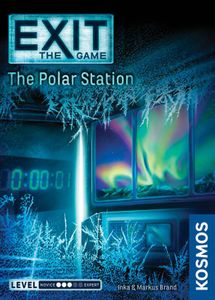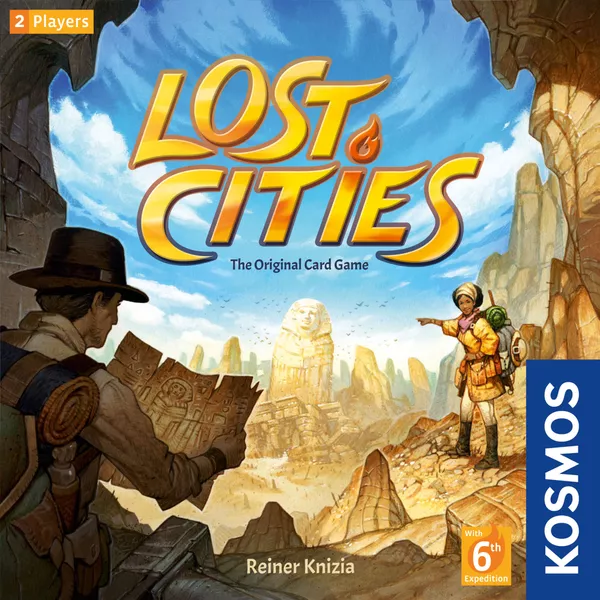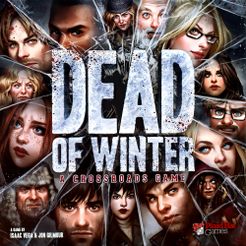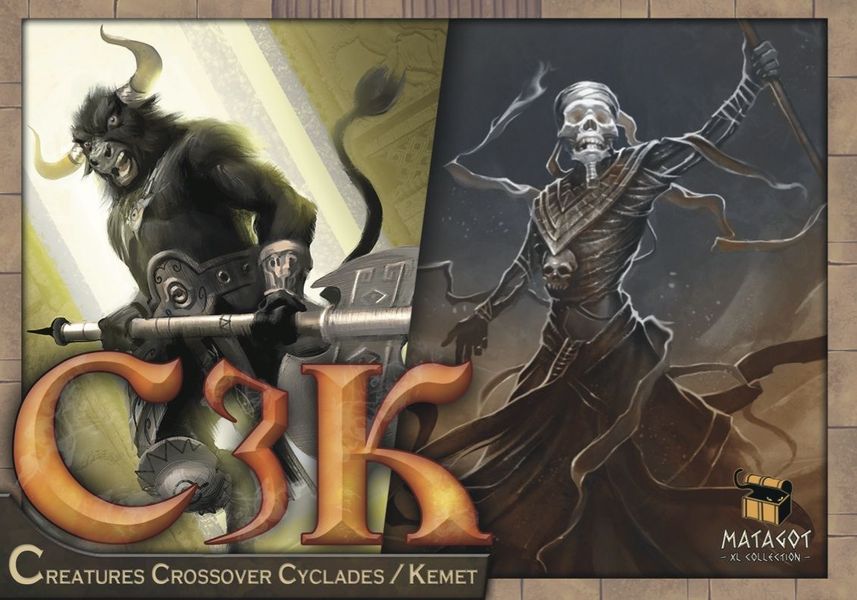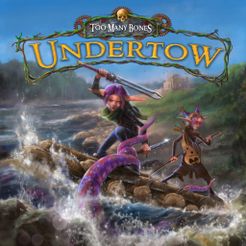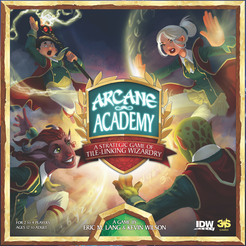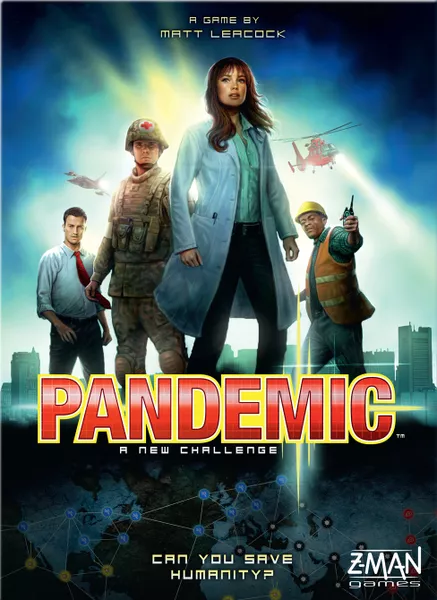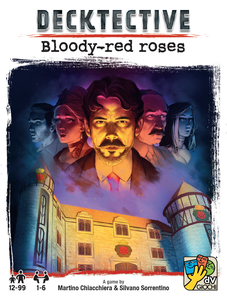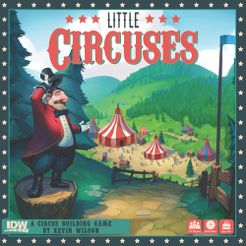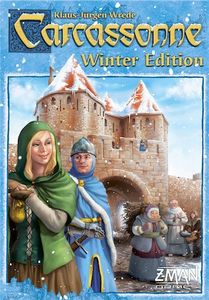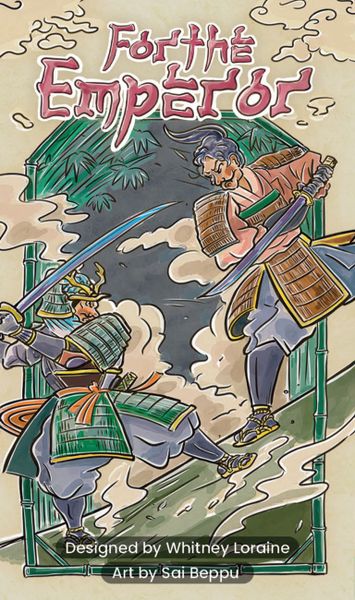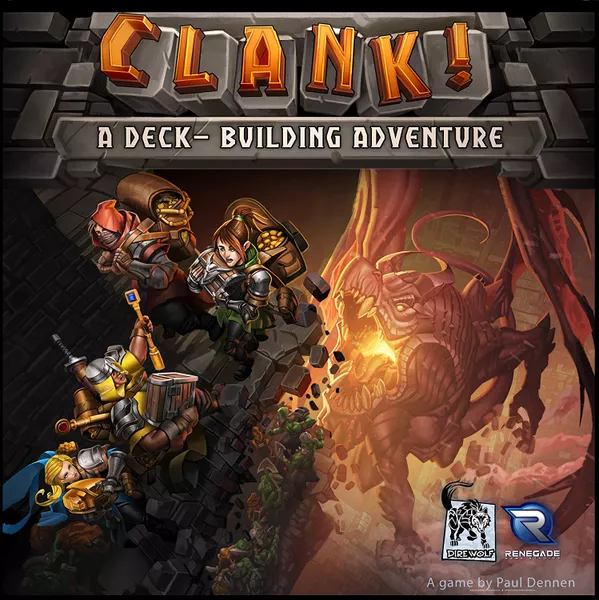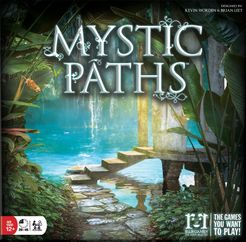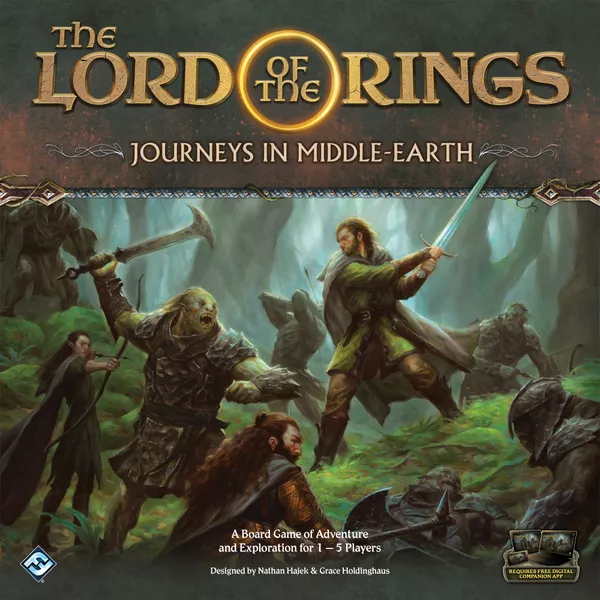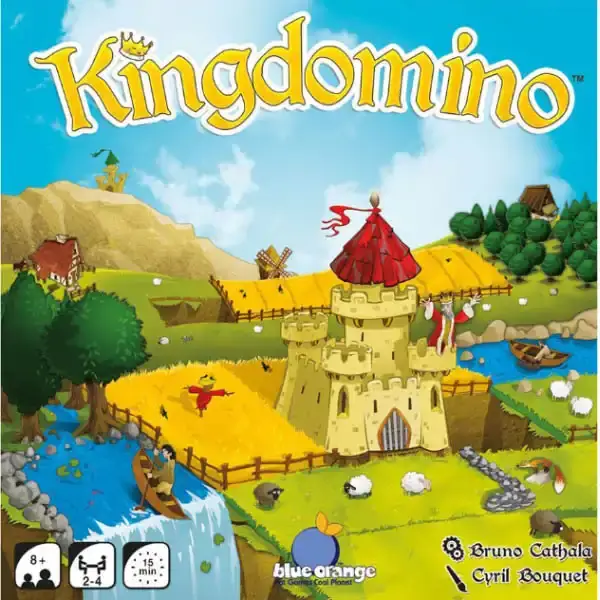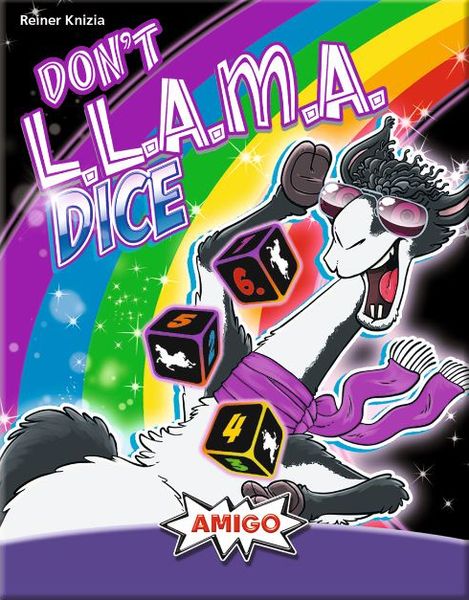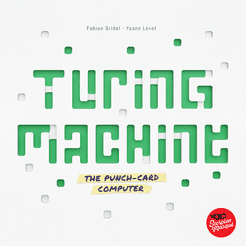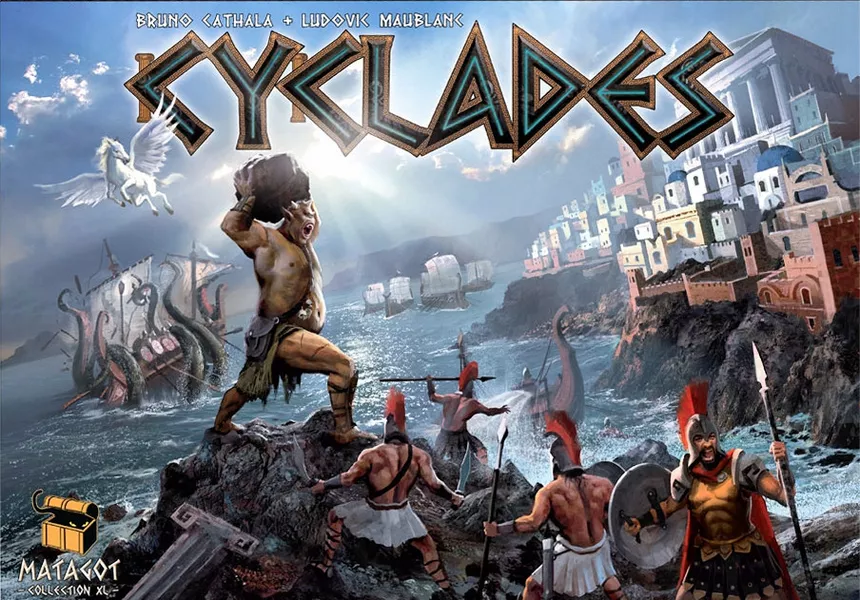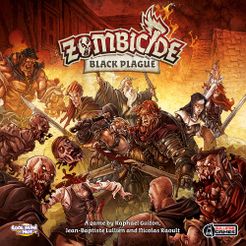Armageddon: Tactical Combat 3000 to 500 B.C. (1972)
Tác Giả: Stephen B. Patrick, John Young
Họa Sĩ: Ben Redmond, Redmond A. Simonsen
Nhà Phát Hành: SPI (Simulations Publications, Inc.)
- Giới Thiệu
- Hướng Dẫn
- Video
- Chơi Ngay
- Đánh Giá & Bình Luận
Originally published in Strategy & Tactics magazine #34.
From the rules folder: "Armageddon is a simulation of the art of warfare from the earliest organized armies (c. 3000 BC) to the time that marching in step was introduced (c. 600 BC). The game represents the tactics and possible results of many of the battles of this period. These battles are shown as scenarios giving a mix of units which are played out on sections of the homogeneous mapsheet to represent the actual terrain (as much as is known) of the original battlefield. There are seven different types of infantry units, two of cavalry and several other units available in the game; these units are provided in different quantities for each of the Player's (sic) of a scenario to recreate the historical armies. The game Armageddon has 14 scenarios, each of them representing two armies of the period, and assigning them positions on the map on which the players recreate the historic battles."
Game components: 255 die-cut counters, heavy paper hex map with terrain features and the scenarios printed to one side of the mapboard, and a rulebook. One six-sided die is also needed.
Mechanics: Alternating movement turns consisting of fire phase, movement phase, and combat phase for one player, then second player does the same. No zones of control. Units have facing, and can only move into the three hexes to their "front" or change facing at a movement point cost. Stacking is limited to three units per hex, but applies only at end of movement. Units have "front" and "flank" melee combat strengths, and use the latter when attacked from any of the three rear hexes. Combat results are no effect, disruption, retreat, 1/2 elimination, or elimination, and only affect the defender.
Nơi mua Armageddon: Tactical Combat 3000 to 500 B.C. (1972)
*Chúng tôi có thể được hưởng hoa hồng khi bạn mua hàng qua liên kết của các nền tảng thương mại điện tử này.



